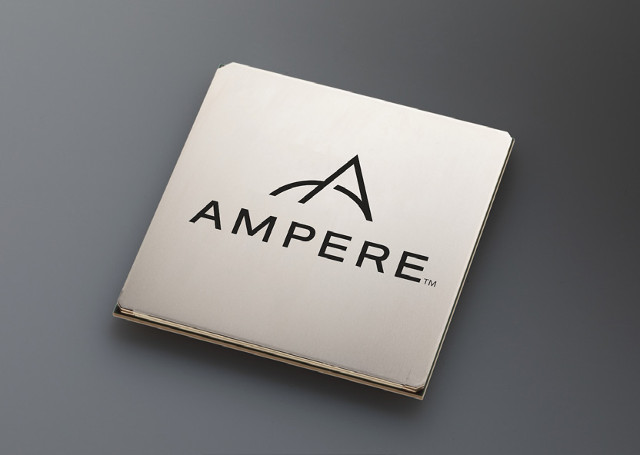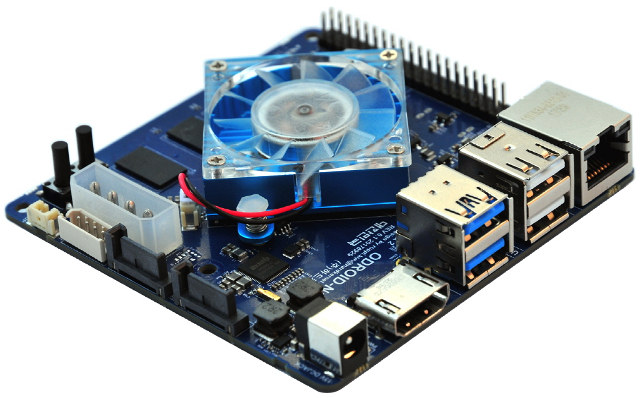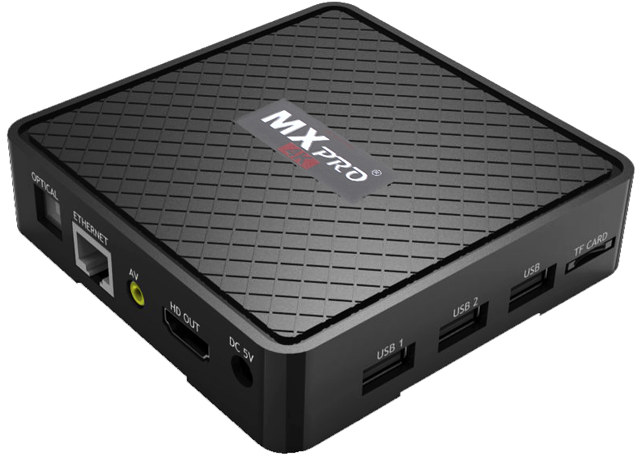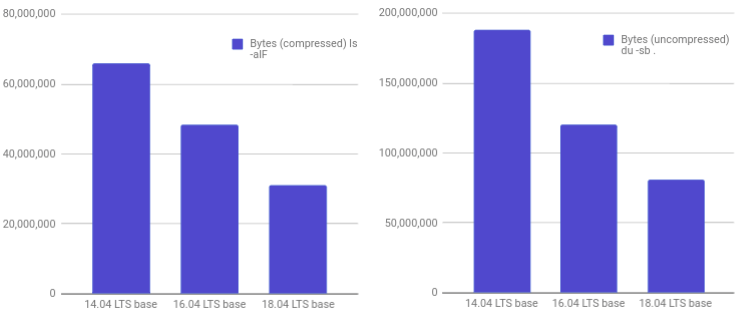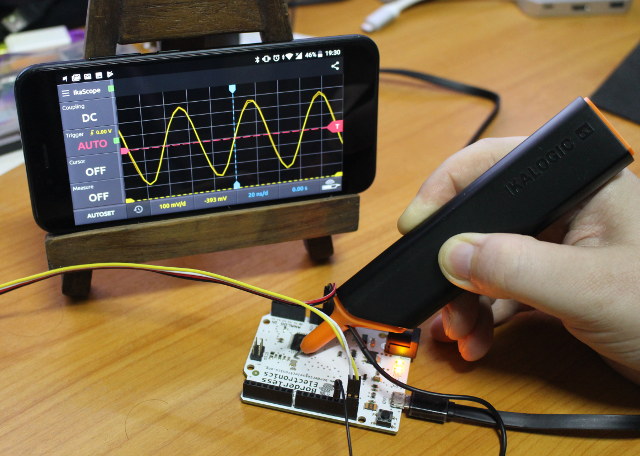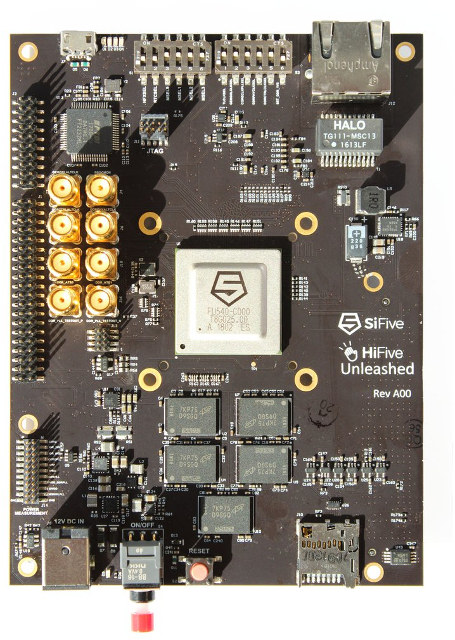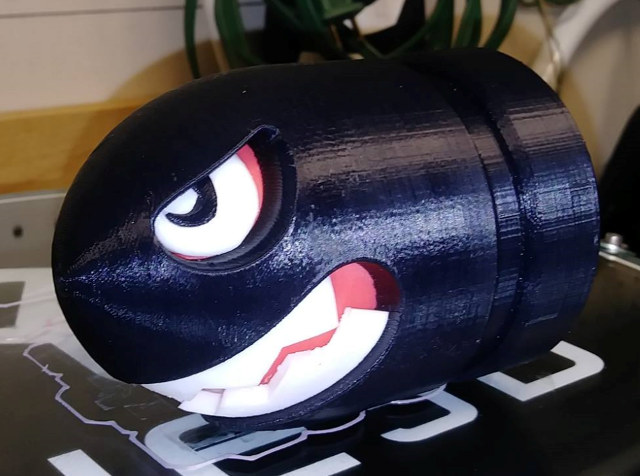Ampere is a brand new company that has just launched to “address memory performance, cost, space and power constraints for emerging hyperscale cloud applications and next-generation data centers”, and whose founders include Renee James (CEO), former president of Intel, among other “semiconductor and cloud computing experts”. Their upcoming 64-bit Arm server processors aim to achieve those goals via thirty two custom Armv8-A cores operating at up to 3.3 GHz, support for up to 1TB of RAM, and a 125 Watts power envelop, or around 4 Watts per core. Ampere SoC specifications listed by the company: Processor Subsystem 32x Armv8 64-bit CPU cores up to 3.3 GHz with Turbo 32 KB L1 I-cache, 32 KB L1 D-cache per core Shared 256 KB L2 cache per 2 cores System Memory 32 MB globally shared L3 cache 8x 72-bit DDR4-2667 channels Advanced ECC and DDR4 RAS features Up to 16 DIMMs, 1 TB/socket […]
Hardkernel Unveils ODROID-N1 Board with Rockchip RK3399 Processor, 4GB RAM, Dual SATA, and More
It’s official, there’s a bubble of Rockchip RK3399 boards announcements or launches in early 2018. After AAEON RICO-3399, Orange Pi RK3399, and Pine64 RockPro64, which add to 96Boards compliant Rock960 announced a couple a months ago, and which may launch in Q1 2018, Hardkernel has now announced they’ve been working on ODROID-N1 board. ODROID-N1 board specifications: SoC – Rockchip RK3399 hexa-core processor with a dual-core Arm Cortex-A72 @ 2GHz, a quad-core Arm Cortex-A53 @ 1.5Ghz, and a Mali-T860MP4 GPU that supports OpenGL ES1.1/2.0/3.0, OpenCL 1.2 System Memory 4Gbyte DDR3-1866 RAM, Dual channel interface for 64bit data bus width Storage – eMMC 5.0 (HS400) flash storage, UHS capable micro-SD slot., 2x SATA3 ports using, native SATA implementation via PCIe-gen2 to SATA3 interface Video Output – HDMI 2.0 for 4K display Connectivity – Gigabit Ethernet port USB – 2x USB 3.0 host ports, 2x USB 2.0 host port. Expansion – 40-Pin GPIO […]
Vorke V1 Plus Celeron J3455 Mini PC Review with Windows and Ubuntu
Most Intel based mini PCs use processors classified as ‘Mobile’ as these have lower thermal design power (TDP) ratings which is the maximum amount of heat generated by the processor: However, the new Vorke V1 Plus has incorporated a ‘Desktop’ processor namely the Intel Celeron J3455. On paper this processor looks like it should perform similar to the Intel Pentium N4200 processor but with a tradeoff between being a cheaper processor to purchase but more expensive to run due to the increased power requirements. Geekbuying provided a Vorke V1 Plus for review so let’s start by taking a look at the physical characteristics. The device comes in a plain box and was supplied with the ‘right AC Adapter’ for my country. The first observation is that it is quite a large device. At just over 6” square (153mm) and nearly 1.5” tall (38mm) it is the biggest mini PC I’ve […]
MX Pro 4K is an Android 7.0 TV Box powered by Allwinner H5 Processor
We’ve already seen Allwinner H5 processor in several development boards such as NanoPi NEO2, Orange Pi Zero Plus, or Libre Computer Tritium 2G among other. But while the processor has been designed for 4K OTT TV boxes, I had not seen any TV box based on the processor so far. MX Pro 4K, not to be confused by MXQ Pro 4K, changes that, as it features the quad core Cortex A53 processor combined with 1GB RAM, 8GB storage, and the usual HDMI, Ethernet, USB ports you’d expect from a TV box. MX Pro 4K specifications: SoC – Allwinner H5 quad core Cortex A53 processor with hexa-core Mali-450MP4 GPU System Memory – 1 GB DDR3 Storage – 8 GB eMMC flash (options: 4GB, 16GB, 32GB), micro SD card slot Video Output – HDMI 1.4b up to 4K @ 30 Hz, AV port (composite) Audio Output – HDMI, AV (stereo audio), and […]
Ubuntu 18.04 LTS Minimal Image Gets Even Smaller (30MB Compressed)
Sometimes you want to get the smallest image you can get, either because your storage device has limited capacity, you may want a faster boot, oe because you can. In the past, I’ve covered minimal firmware images for Raspberry Pi using Raspbian or the Yocto Project, as well as SliTaz or more recently a minimal Ubuntu 16.04 for ODROID C2/C1+ boards. Minimal images are also popular for containers like docker or LXD. Canonical has released Ubuntu minimal images for several years, and Dustin Kirklan blogged about Ubuntu 18.04 LTS mini images a few days ago, showing the good progress made over Ubuntu 14.04 and 18.04 “Bionic Beaver”, and asking for feedback. The charts above shows the minimal image went from around 62.78 MB (compressed) and 179.67 MB (uncompressed) for Ubuntu 14.04 LTS down to 29.65 MB (compressed) and 77.5 MB (uncompressed). That’s the number of AMD64 images, but ARM64 Ubuntu […]
Getting Started with IkaScope WiFi Pen-Oscilloscope, and ScanaQuad SQ50 USB Logic Analyzer & Signal Generator
A couple of weeks ago, I received IkaScope WS200 pen-like WiFi oscilloscope, as well as ScanaQuad SQ50 USB logic analyzer & signal generator, and I’ve already checked out the hardware both both in a aforelinked unboxing post. I had also very shortly tried IkaScope with GOLE 10 mini PC, but just to showcase potential use case for a Windows 10 mini PC with an inclined touchscreen display. But at the time I did not really a proper measurement, as it was more to test the mini PC than the oscilloscope itself. I’ve now had time to test IkaScope desktop program and mobile app in respectively Ubuntu 16.04 and Android 8.0.0, as well as ScanaStudio for ScanaQuad USB device using Ubuntu 16.04 only, since there’s no mobile version of the program. While I’ll focus on Ubuntu and Android, most of the instructions will be valid for Window 10 and Mac OS X […]
SiFive Introduces HiFive Unleashed RISC-V Linux Development Board (Crowdfunding)
RISC-V free and open architecture has gained traction in the last couple of years. SiFive has been one of the most active companies with RISC-V architecture, introducing Freedom U500 and E500 open source RISC-V SoCs in the summer of 2016, before launching their own HiFive1 Arduino compatible board, and later the official Arduino Cinque board. That’s fine if you are happy with MCU class boards, but RISC-V is getting into more powerful processors, and recently got initial support o Linux 4.15, so it should come as no surprise the company has now launched HiFive Unleashed, the first RISC-V-based, Linux-capable development board. HiFive Unleashed key features and specifications: SoC – SiFive Freedom U540 with 4x U54 RV64GC application cores @ up to 1.5GHz with Sv39 virtual memory support, 1x E51 RV64IMAC Management Core, 2 MB L2 cache; 28 nm TSMC process System Memory – 8GB DDR4 with ECC Storage – 32MB […]
HE3D K280 Delta 3D Printer Review – Part 2: Upgrades, Calibration, and More 3D Prints
Karl here with part 2 of my experiences with the K280. In the first part of HE3D K280 3D printer review, I spoke about some of the challenges with the K280 getting it calibrated and getting Marlin to work and the initial build. In this part, we are going to look at the new effector, cooling solution I designed, calibration, and general use. If you purchase a machine now you get an injected molded effector and 2 24v cooling fans which HE3D sent over after they saw my initial review. If you purchased a kit before they started including these parts you can pick them up here to upgrade. I would like to point out that this is my first Delta printer. I don’t want to really call this a review but a way to show my experiences. First things first If you purchase this kit I urge you to […]


